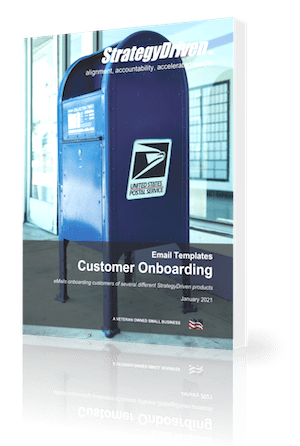Driving Towards Closed-Loop Packaging in Business
Closed-loop packaging is an increasingly critical focus for businesses aiming to minimize environmental impact and enhance sustainability. This concept refers to the continuous use of materials in a production cycle, where packaging is reused, recycled, or repurposed, eliminating waste and reducing the need for new raw materials. With growing consumer demand for eco-friendly practices and tighter regulations on waste management, companies are turning to closed-loop packaging as a strategy to meet these demands while creating long-term economic benefits.
The Business Case for Closed-Loop Packaging
Adopting a closed-loop packaging system offers several business advantages. First, it helps reduce raw material costs. By reusing packaging materials, companies can significantly lower their reliance on new resources. This is particularly crucial in industries facing volatile material costs, such as plastics and metals. Additionally, closed-loop packaging can reduce waste management costs, as businesses can streamline their waste disposal and recycling processes.
Another significant benefit is the improvement of brand reputation. Consumers are more conscious of sustainability issues and often prefer brands that demonstrate a commitment to environmental responsibility. By implementing closed-loop packaging, businesses can appeal to this growing market segment, enhancing customer loyalty and attracting eco-conscious consumers.
Moreover, closed-loop systems can create operational efficiencies. Companies can optimize their supply chain processes by standardizing packaging materials for reuse. For example, reusable packaging reduces the need for constant repurchasing and disposal, enabling businesses to create more streamlined logistics and potentially lowering transportation costs.
Steps Toward Implementation
To successfully adopt closed-loop packaging, businesses must first conduct a thorough analysis of their current packaging processes. This includes assessing the materials used, the lifecycle of their packaging, and the potential for reuse or recycling. Based on this analysis, companies can identify areas for improvement and develop a plan for transitioning to more sustainable packaging solutions, such as these food packaging options made from rigid films.
Next, businesses should focus on designing packaging that is both durable and recyclable. This may involve collaborating with suppliers to source materials that can be reused multiple times or recycled easily. Companies may also need to invest in technology to track and manage the packaging lifecycle, ensuring that materials are collected and reused effectively.
Finally, creating a reverse logistics system is essential. Businesses should work closely with customers and suppliers to establish systems for collecting used packaging. Incentives for customers, such as discounts for returning packaging, can help encourage participation in the recycling process.
Key Challenges
Despite the benefits, businesses face several challenges in transitioning to closed-loop packaging. One of the primary obstacles is the upfront investment. Implementing a closed-loop system requires significant capital for redesigning packaging materials, creating reverse logistics systems, and investing in technology to track and manage the lifecycle of packaging. These initial costs can be a barrier to adoption for small to mid-sized businesses.
Another challenge is the complexity of creating an effective reverse logistics system. Companies must establish systems for collecting, sorting, and processing used packaging materials. This involves coordination with customers, suppliers, and waste management providers. Additionally, the packaging must be designed for durability and ease of recycling, which can require a complete redesign of current packaging solutions.
Legislation also plays a critical role in the adoption of closed-loop packaging. As governments introduce stricter environmental regulations, businesses may find it challenging to comply without proper infrastructure. Companies operating in regions with insufficient recycling facilities may struggle to close the loop on their packaging materials, creating additional operational hurdles.
Conclusion
Closed-loop packaging presents a powerful opportunity for businesses to reduce their environmental impact while driving cost savings and operational efficiency. Though challenges exist, companies that invest in this sustainable approach can enhance their brand reputation and meet increasing consumer and regulatory demands for eco-friendly practices. Businesses can play a key role in shaping a more sustainable future by taking deliberate steps toward closed-loop packaging.













Leave a Reply
Want to join the discussion?Feel free to contribute!